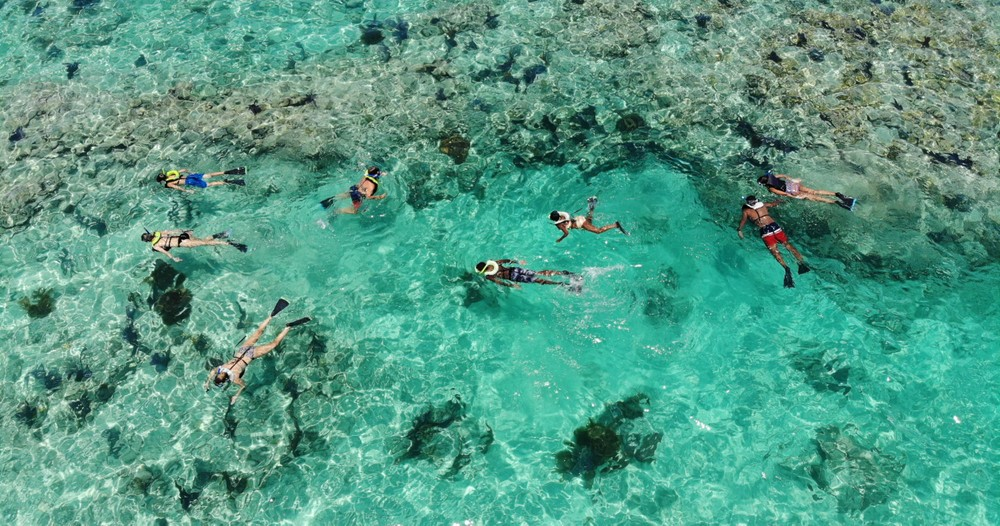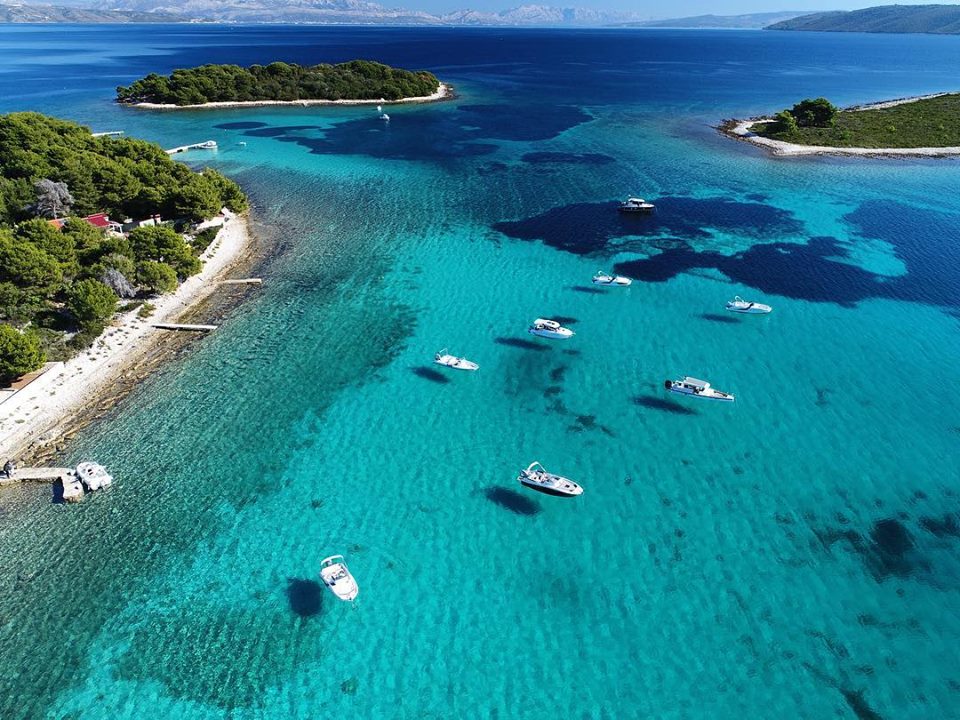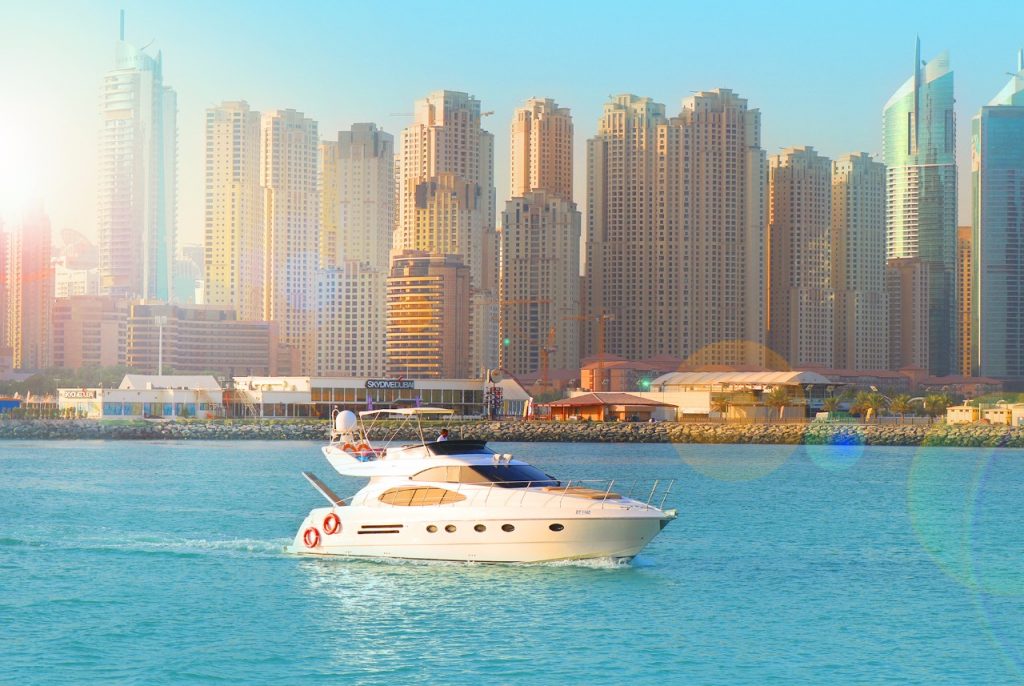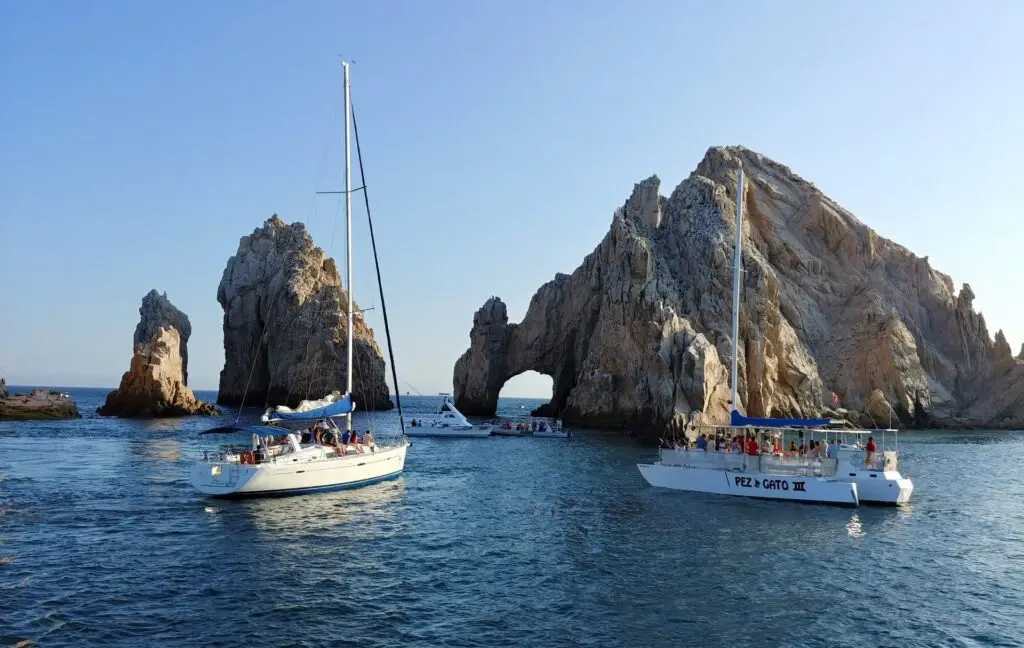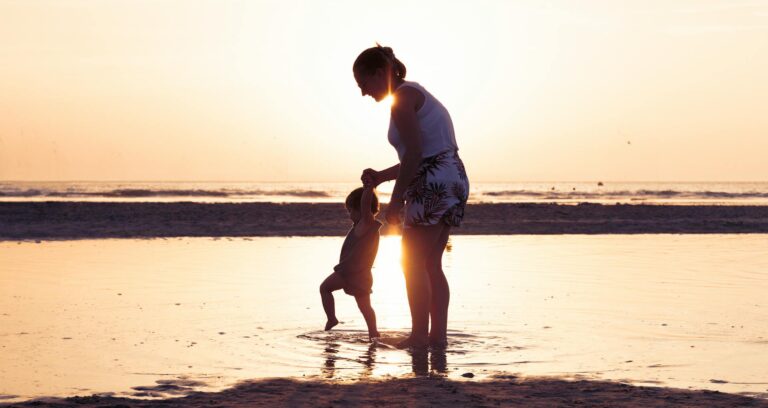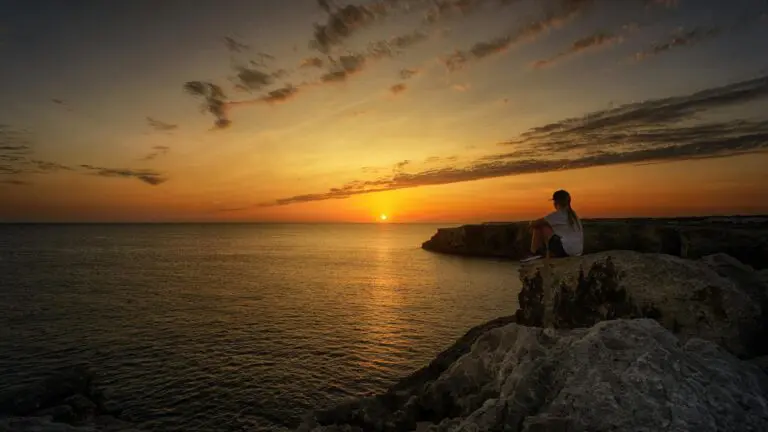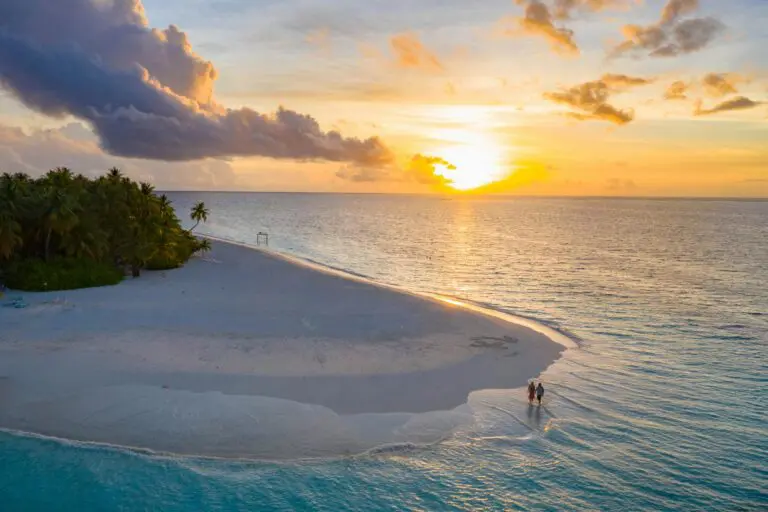Trekking to Everest Base Camp is one of the most iconic journeys in the Himalayas, a dream for many. This epic hike is not only about mastering height. It’s about steady steps, attentive strolling among Sherpa villages and understanding the rituals and physical vistas you’ll cross.
For those planning the Everest Base Camp Trek, success depends on preparation, pacing, and mindset. This guide covers everything you need to know, from training and gear to emotions and logistics. We hope this guide helps you to walk into the Khumbu with clarity and confidence.
Why choose the Everest Base Camp Trek?
The Everest Base Camp Trek is more than just a hike to a destination. This unique trek is a progression through shifting altitudes, Sherpa villages, Buddhist heritage, walls of Tibetan words, and deep valleys of the Himalayas. On this trek, you won’t attain the peak of Everest, but you reach its foot — 5,364 meters above sea level — with views that feel surreal. Throughout the way, you pass through Namche, Tengboche, and some smaller settlements of Sherpa that reveal a slow, grounded way of life.
Best time to trek: what to expect by season
There are two main windows that offer the most reliable conditions for the Everest Base Camp Trek:
- Pre-monsoon (March–May): Clear skies, blooming rhododendrons, and moderate temperatures
- Post-monsoon (late September–November): Crisp air, low humidity, and panoramic visibility
Doing the Everest Base Camp Trek in winter (late December–February) is possible but colder, especially above Dingboche (4,410m). On the other hand, the monsoon season (June–early September) brings rain and cloud cover, making it ideal for those who prefer fewer crowds and a peaceful trek and don’t mind the rain.
Is fitness a deal breaker?
Surprisingly, fitness is not a deal breaker for the Everest Base Camp Trek. It’s demanding, but technical skills aren’t required. Trekkers walk 5–7 hours per day at increasing altitudes, topping out at Kala Patthar (5,545m / 18,192 ft). If you’re moderately active, willing to train, and are a calm and sensible person, you can do it. More important than strength is the ability to move or stroll with ease, be mindful of your body signals, and stay steady.
How to train: build endurance, not speed
We suggest to begin your preparation 8-12 weeks in advance. Devote yourself to cardio, such as hiking, stairs, cycling, and swimming. In addition, to build your leg strength, lunges, squats, and weighted step-ups may help. Moreover, practise a daily hike with a load of 5-7 kg, preferably in a hilly area. Flexibility and balance are also most important; yoga or core routines will help with that.
Picking the right itinerary
The biggest mistake is choosing a rushed itinerary. We suggest to avoid trips shorter than the 12 days round-trip from Lukla. Well-designed treks include:
- Two acclimatization days (typically Namche and Dingboche)
- Gradual elevation gain
- Adequate rest
- Buffer for adverse weather
Trekking companies like Nepal Hiking Team follow this model, balancing comfort, safety, and success rates.
Dealing with altitude: prevention over cure
Altitude sickness is the top reason people turn back. It doesn’t matter how fit you are—it’s about how you adjust the height and air.
Here are some basic but essential tips to avoid Acute Mountain Sickness, a condition caused by ascending to high altitudes too quickly:
- Ascend slowly
- Hydrate frequently
- Avoid alcohol and tobacco
- Eat carbohydrates
- Recognize symptoms early
If you feel dizzy, nauseous, or disoriented, descend. It’s the only effective solution at high elevation.
Gear list: what you really need
We recommend to pack layers that can adapt to shifting weather. The basics include:
- Base layers (moisture-wicking)
- Insulating layers (fleece or down jacket)
- Outer shell (waterproof and wind-resistant)
- Sturdy boots, gloves, hat, sunglasses
- Sleeping bag rated to -10°C or colder
- Daypack (30–40L) for essentials
Avoid cotton, overpacking, or fashion-based choices. Your gear’s job is to keep you warm, dry, and mobile. Your main bag will be carried by a porter (max 12–13kg per trekker). Your daypack should be include water, snacks, medicine, extra layers, and sun protection. We strongly recommend to leave behind jeans, extra footwear, heavy electronics and excessive toiletries. A focused packing list means faster walking, better recovery, and less risk of injury.
The role of guides and porters
Hiring a licensed and trained guide does more than ease navigation. The guides will monitor altitude, manage logistics, and interpret cultural experiences. By hiring a local guide, you’re supporting local workers which sustains livelihoods in mountain communities. While solo trekking is legal, the added safety, insight, and human connection of a guided trip are worth the investment.
Accommodation and meals: what to expect
Teahouses along the trail are basic but functional. You’ll sleep in shared twin rooms, often with shared toilets and minimal heat. Blankets are usually available, but bring your own sleeping bag.
Meals include:
- Dal bhat (lentils, rice, vegetables)
- Pasta, noodles, potatoes, soup
- Pancakes, eggs, tea
- Vegetarian options are widely available
Safety and hygiene: stay proactive
The most common issues are stomach problems, dehydration, and altitude effects. Here are some basic tips to stay healthy:
- Purify all water (tabs, filter, or boiling)
- Wash hands frequently and use sanitizer
- Eat hot, fresh-cooked food
- Always acrry personal medications and first aid kit
- Pack Imodium, Diamox, electrolytes, and blister care supplies.
Lukla flights: plan for delays
Most treks begin with a flight to Lukla (2,860m). During peak seasons, flights depart from Ramechhap Airport, a 4–5 hour drive from Kathmandu. Off-season, they leave directly from Kathmandu. All flights are weather-dependent, so delays are common. Buffer days before and after your trek are essential.
Power, internet, and connectivity
Electricity is available in most teahouses, but charging electronics costs extra. We recommend to bring a strong power bank (10,000–20,000 mAh), a headlamp with extra batteries and a solar charger can be smart too.
Wi-Fi is available via Airlink or lodge routers, but connections are slow and intermittent. NCELL and NTC SIM cards work in parts of the Khumbu.
Mental preparation: the often overlooked element
Trekking to Base Camp is as much mental as physical. While some days feel euphoric, others may feel endless. The cold, altitude, and fatigue will challenge your motivation. Here are some practical tips to prepare mentally:
- Reading trail stories and vlogs
- Researching about about the route and villages
- Journaling during the training period
- Connecting with your “why” before the trek begins
The Everest Base Camp Trek is more than merely about finishing fast or ticking off a goal. It’s about how you handle the steep climb—step by step, day by day—with awareness and humility. With the right planning, respect for altitude, and support along the way, this trail can be one of the most fulfilling journeys of your life.

